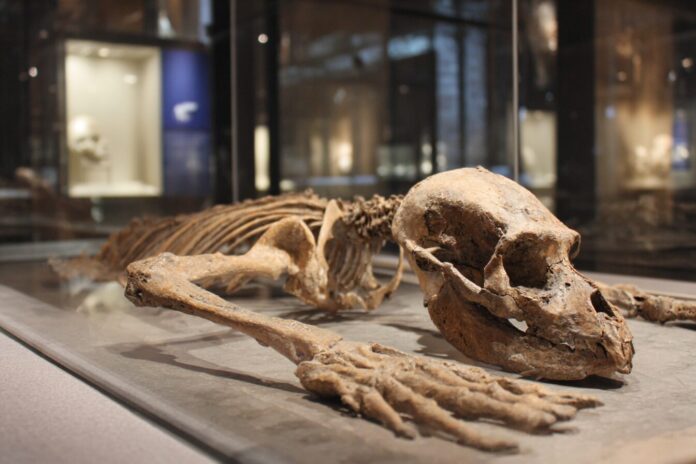Introducing Bolg amondol: The ‘Goblin Prince’ Among Prehistoric Lizards
Paleontologists recently unveiled a startling discovery: a raccoon-sized, armored monstersaur named Bolg amondol. This unique creature roamed the earth during a time when giant dinosaurs dominated the landscape. Most importantly, its discovery enriches our understanding of prehistoric ecosystems. Because museum collections often hide monumental finds, each new discovery hints at secrets long buried in time.
Moreover, Bolg amondol’s fossil highlights the hidden treasures within museum archives. Besides that, the find emphasizes how even small creatures can provide huge insights into the dynamics of ancient ecosystems. Researchers are enthusiastic about continuing their study, eagerly linking this species to other known and unknown members of the prehistoric world. For more details, you can explore the coverage at Attheu Utah and Herald Extra.
The Discovery That Inspired Tolkien Fans and Scientists Alike
The discovery was made by researchers from the Natural History Museum of Los Angeles County and the Natural History Museum of Utah. They located the fragmentary skeleton in a jar simply labeled “lizard”. Most importantly, this unassuming label belied the specimen’s true historical significance. Because even fragmented remains can speak volumes, the bones were identified as belonging to a previously unknown monstersaur species. Scientists from institutions across the globe have taken interest in this find, comparing it with similar discoveries mentioned in sources like ScienceAlert.
Furthermore, experts believe that this discovery sheds light on the unusual ecosystem of the 76-million-year-old era. Besides that, the specimen not only informs us about evolutionary biology but also offers a glimpse into life in an ancient world where small creatures coexisted with giants. Randy Irmis, the co-author and curator at the University of Utah, noted, “Discovering a new species of lizard that is an ancestor of modern Gila monsters is pretty cool in and of itself, but what’s particularly exciting is what it tells us about the unique ecosystem it thrived in.” This sentiment has resonated with both scientists and fans of paleontology, driving further collaborative research.
Why the Name Bolg amondol?
The naming of this species is as intriguing as its discovery. Scientists chose the name Bolg amondol inspired by the character Bolg, the goblin prince from J.R.R. Tolkien’s “The Hobbit”. Because the skeletal structure of this monstersaur resembles the fierce and resilient features of Tolkien’s character, the name fits perfectly. Most importantly, it establishes an exciting link between modern pop culture and ancient history. For further context, you can read more about this connection in the article at NHMU Utah.
In addition, this distinctive naming reaffirms how paleontology and literature often merge to captivate the public interest. Because it is uncommon to see such a creative cross-disciplinary homage, many enthusiasts find the discovery accessible and memorable. Besides that, the novelty of linking a formidable prehistoric creature to a well-known literary figure helps spark curiosity about Earth’s ancient past, with even more layers waiting to be unraveled. Researchers also hope that this approach will inspire new perspectives and encourage further exploration of museum collections.
Expanding Our Understanding of Prehistoric Ecosystems
Most importantly, Bolg amondol does more than just add a name to a list. It provides fresh insights into the diversity of life during the Mesozoic era. Scientists are keen to learn how such small yet resilient creatures evolved and adapted alongside gigantic dinosaurs. Because this discovery complements earlier paleontological finds, the evidence gathered paints a richer picture of prehistoric ecosystems dominated by both enormous and diminutive species.
Moreover, the find encourages a reexamination of museum collections worldwide, which may contain other overlooked specimens. Transitioning from individual discovery to a broader understanding of ancient biodiversity, researchers assert that every new fossil has the potential to reshape our perspective on evolution. For additional information, the Natural History Museum’s comprehensive article at NHM Stories further illustrates how discoveries like Bolg amondol continue to challenge and expand scientific narratives.



